Cows make Christmas extra cheerful
It might seem like a real chore to have to take care of the animals before any Christmas gifts or meals can happen, but to me it is such a special time.
Read MoreThe best approach to limit disease is to prevent it from occurring in the first place.
Hello Everyone, and welcome to summer!
Dry weather last month made planting a garden or crops relatively easy without the need to plan around rain. As I mentioned last month, the lack of rain caused issues with seed germination and non-uniform crop stands, but the crops did come up with the help of rain last week. At our place in Champion, we received about 1.5 inches of rain, but I’ve heard reports of higher amounts throughout the county.
As we enter summer, we need to shift our focus from getting seeds planted and germinated, to protecting the crops from disease and insects. Many of the common fungal diseases like powdery mildew, downy mildew, early blight and white mold thrive in the humid summer nights that are common in our area.
Fungal diseases are usually spread on the wind and infection occurs when a spore lands on a susceptible plant and enters the plant cells. Once this happens there is no “curing” the plant from the fungal disease. The only option at this point is to minimize the spread to other plants.
Removing infected leaves or fruit and placing them in the garbage will reduce the number of spores available in the environment. Do not put these infected items in your compost pile as they may still release spores, even if your compost pile is some distance from your garden.
Fungicide options are available for most vegetables and crops, but they need to be applied before the infection period begins. Fungicides work by thinly coating the plant to prevent fungal spore germination. Applying fungicides after infection will not prevent disease from occurring, but it will protect any tissue that is not yet infected.
If you choose to use a fungicide, please read the label to make sure the crop(s) or plant(s) you’re trying to protect are listed. Not all products work on all types of plants. The label will tell you everything you need to know about how much to use, how often to apply, and something called the preharvest interval (PHI). The PHI is the minimum amount of time you need to wait between applying the fungicide and when you can safely harvest and consume or use the plant. PHIs can be several days to weeks, so it is very important to read the label.
This same advice applies to insecticides. Not all insecticides are labeled for use in vegetable crops, and some PHIs will limit a timely harvest. For example, the common insecticide Sevin can have a PHI of as little as a single day to 30 days depending on the crop being treated. You will not want to treat an infestation of aphids today if you plan to harvest the crop tomorrow. When it comes to insects, sometimes the best treatment is to do nothing. Most gardeners can’t stand the thought of a hornworm on a tomato plant, but choosing an insecticide should be the last option. Sometimes it’s easier to hand pick these larger pests (or pay a neighborhood kid to do it) than applying chemicals.
The use of pesticides, which includes herbicides, fungicides, insecticides, and more, comes with an inherent risk. It is important to understand how to use them properly, but more important than that is knowing when to use them and how you can plan to limit their use for emergency situations only. The practice of integrated pest management (IPM) is a way to incorporate mechanical, biological, cultural and chemical features to have a safe and productive garden by breaking the disease triangle, which is described by pathogen + environment + host = disease.
IPM starts with the fundamentals of garden design and layout. Providing adequate spacing between plants, choosing resistant varieties, encouraging water drainage, proper sanitation and timely harvest can promote an environment that is not conducive for infection or removes the host. If you remove one component of the triangle, disease does not occur. The best approach to limit disease is to prevent it from occurring in the first place. If you have questions about pesticide use or improving IPM on your farm or in your garden give OSU Extension Trumbull County a call at 330-638-6783.
Stay safe and have a productive growing season!
Submitted by Lee Beers, an Agriculture and Natural Resources Educator for OSU Extension-Trumbull County. He can be reached by email.
OFBF Mission: Working together for Ohio farmers to advance agriculture and strengthen our communities.


It might seem like a real chore to have to take care of the animals before any Christmas gifts or meals can happen, but to me it is such a special time.
Read More

Happy Thanksgiving, Everyone! I say it every year, but Thanksgiving is my favorite holiday. The gathering of friends and family…
Read More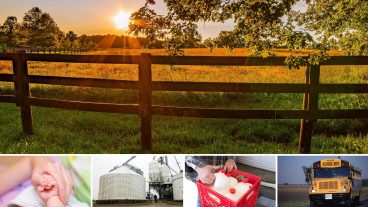

We need to get back to being people who see the good before the differences. Because when agriculture thrives, communities thrive.
Read More

As we pull on our hoodies, light our jack-o’-lanterns and sneak just one more piece of candy, we can thank agriculture for giving us the most spooktacular night of the year.
Read More

It is currently illegal to sell unpasteurized milk in Ohio. There is a renewed interest in raw milk sales, so that could change.
Read More
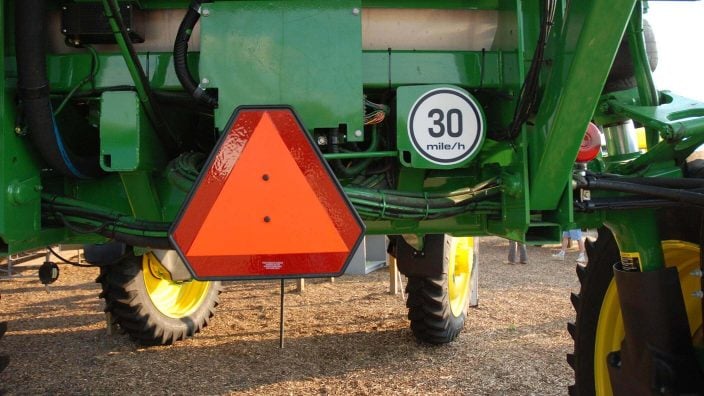
Fatigue and stress can sneak up on even the most seasoned farmer. Please, take care of yourselves.
Read More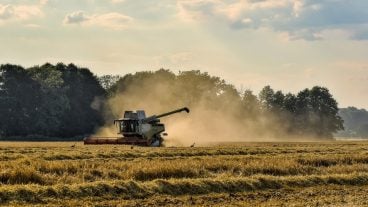
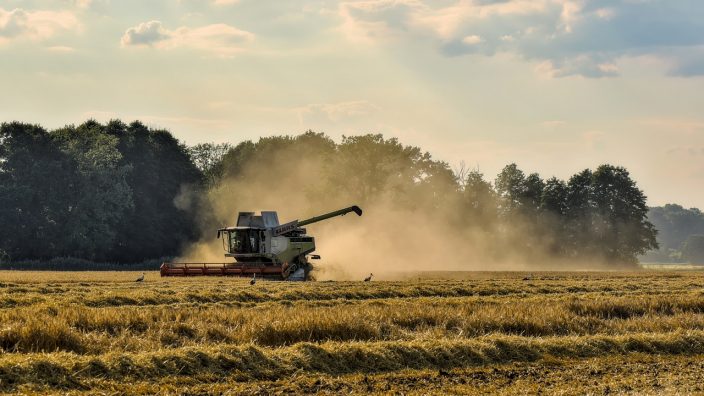
Traveling on roads with large, often oversized equipment adds to the stress.
Read More

Much of Ohio’s pumpkin crop ends up at farm markets, roadside stands and patches where families pick out carving pumpkins and pie pumpkins by hand.
Read More
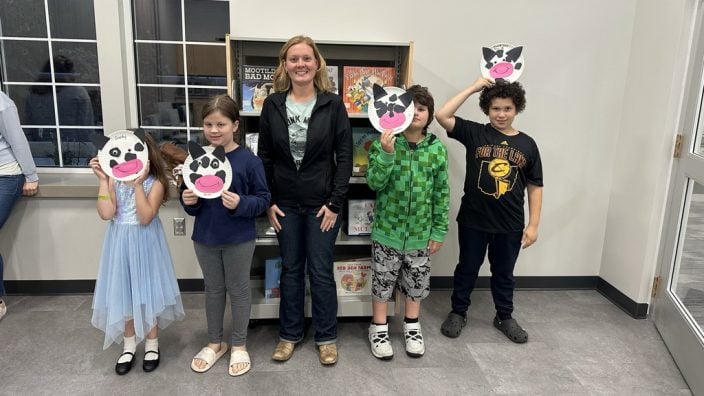
Seeing these events be so successful and having kids so excited and eager to learn is truly heartwarming.
Read More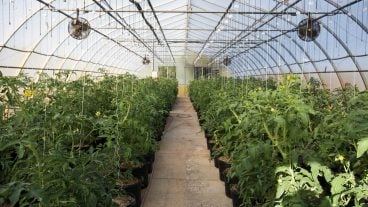

CEA will not replace traditional farming, but it is helping our food supply be more sustainably produced in the United States.
Read More